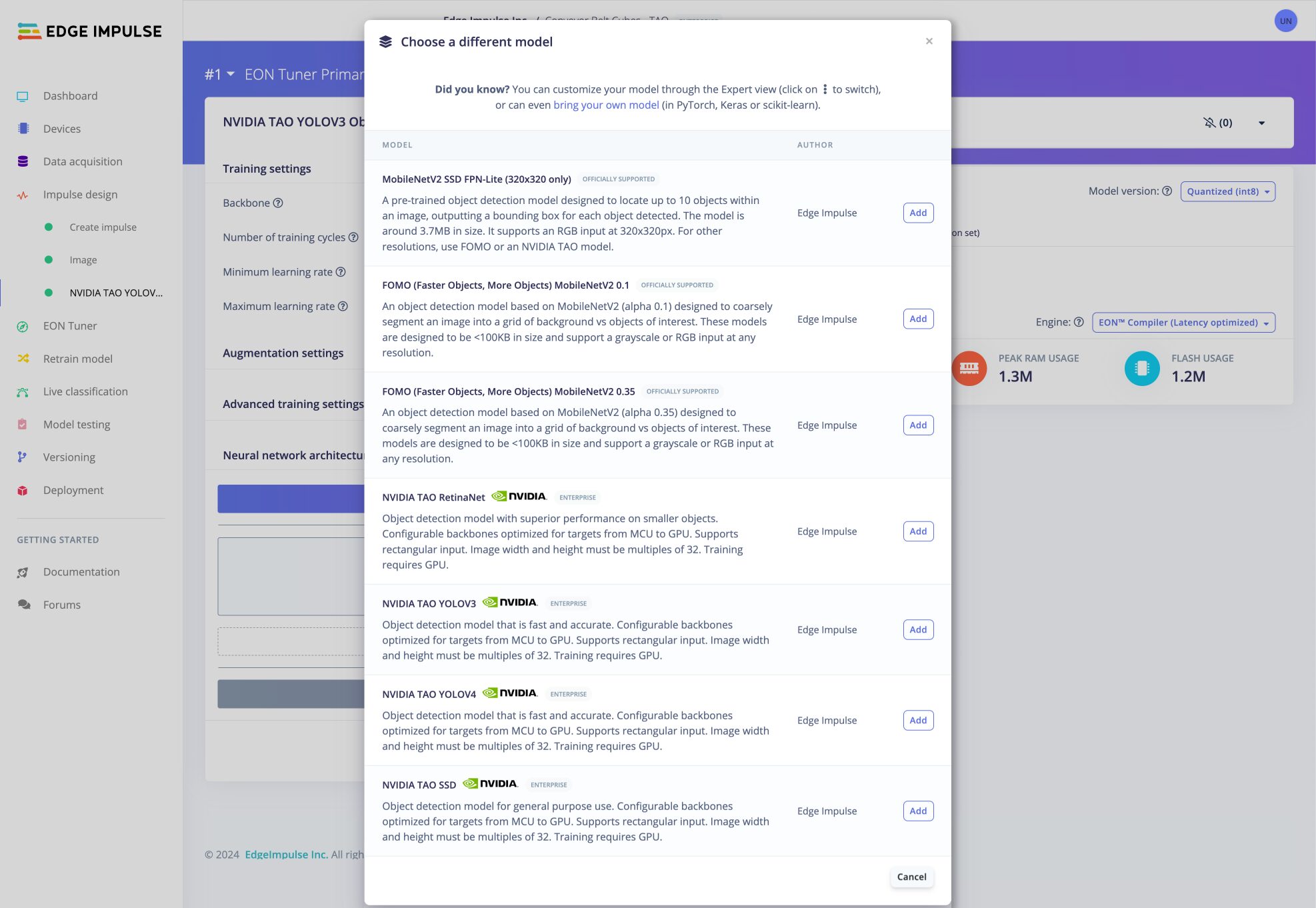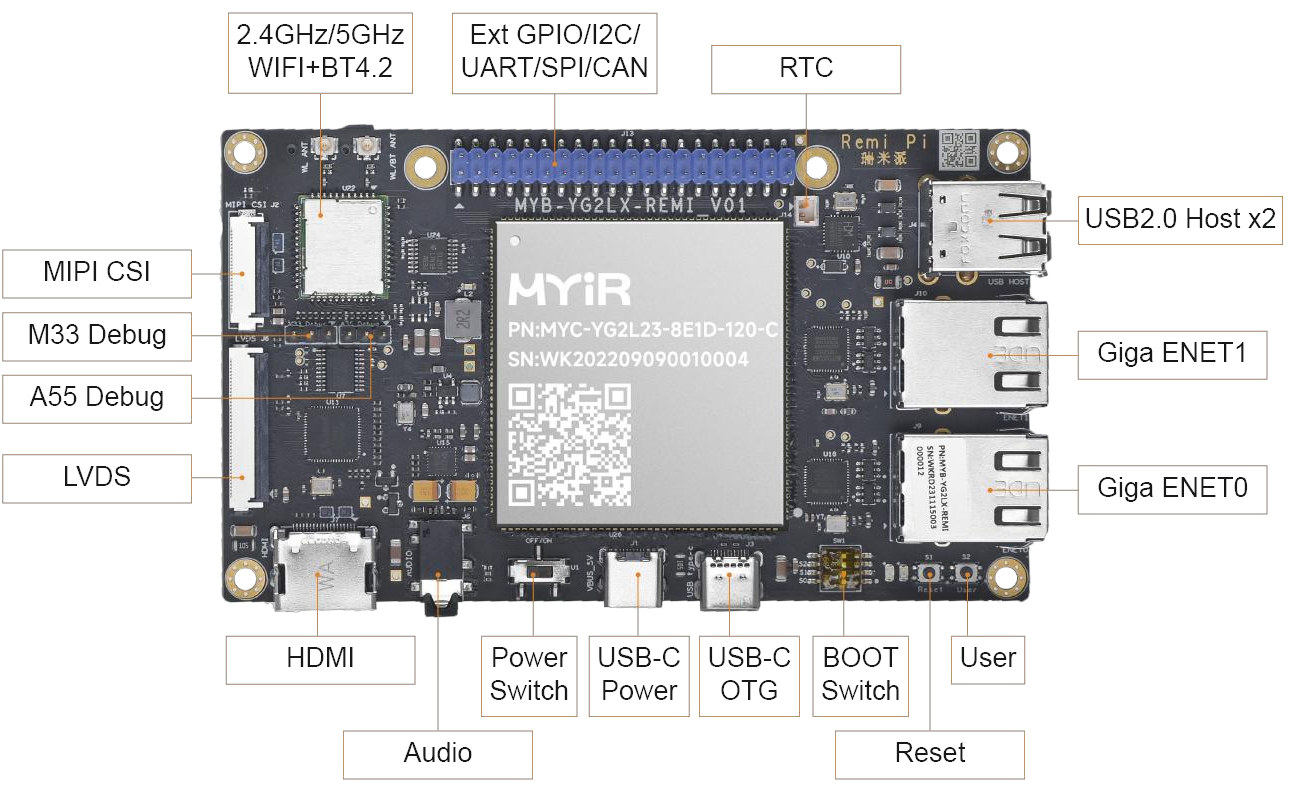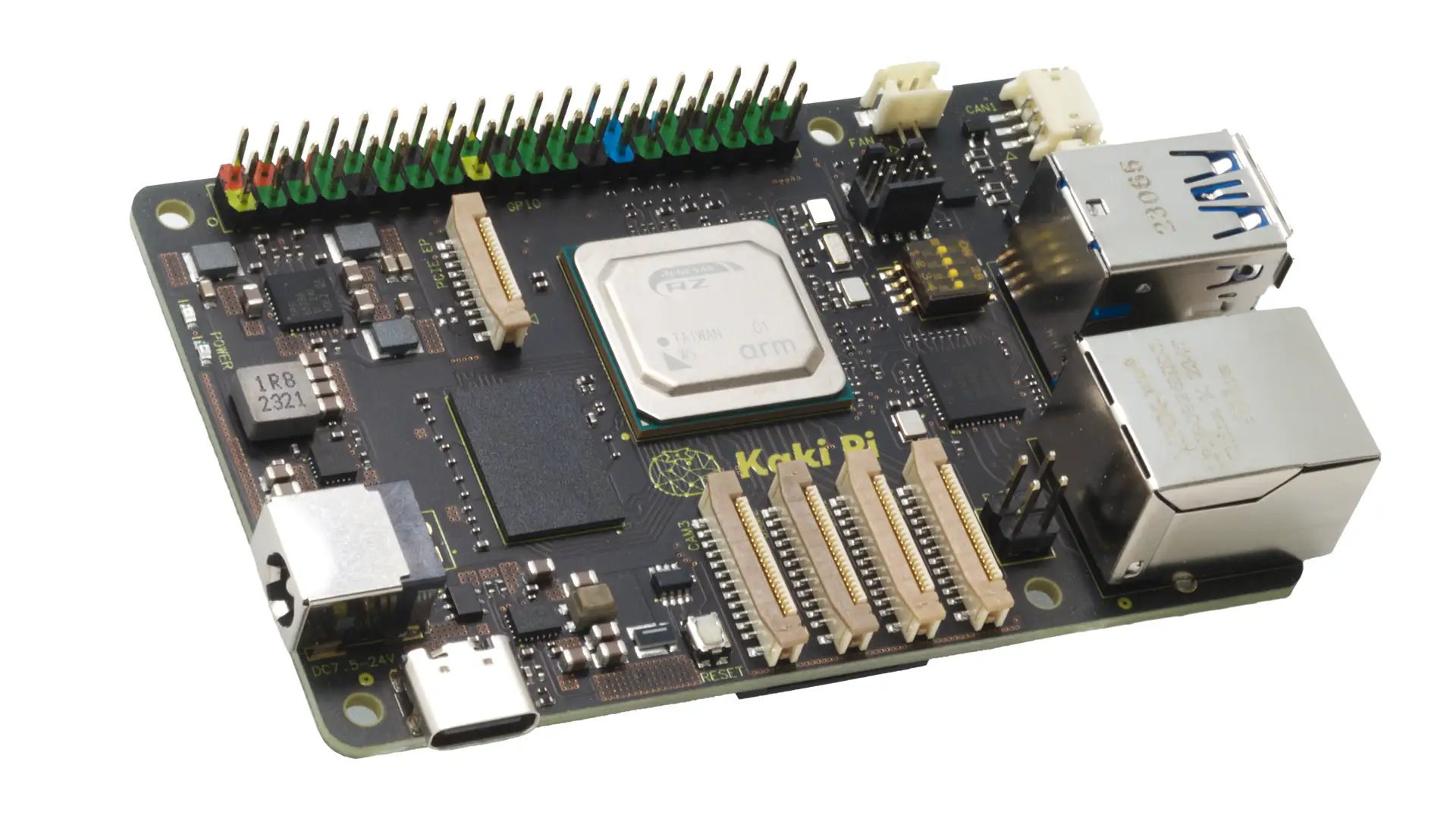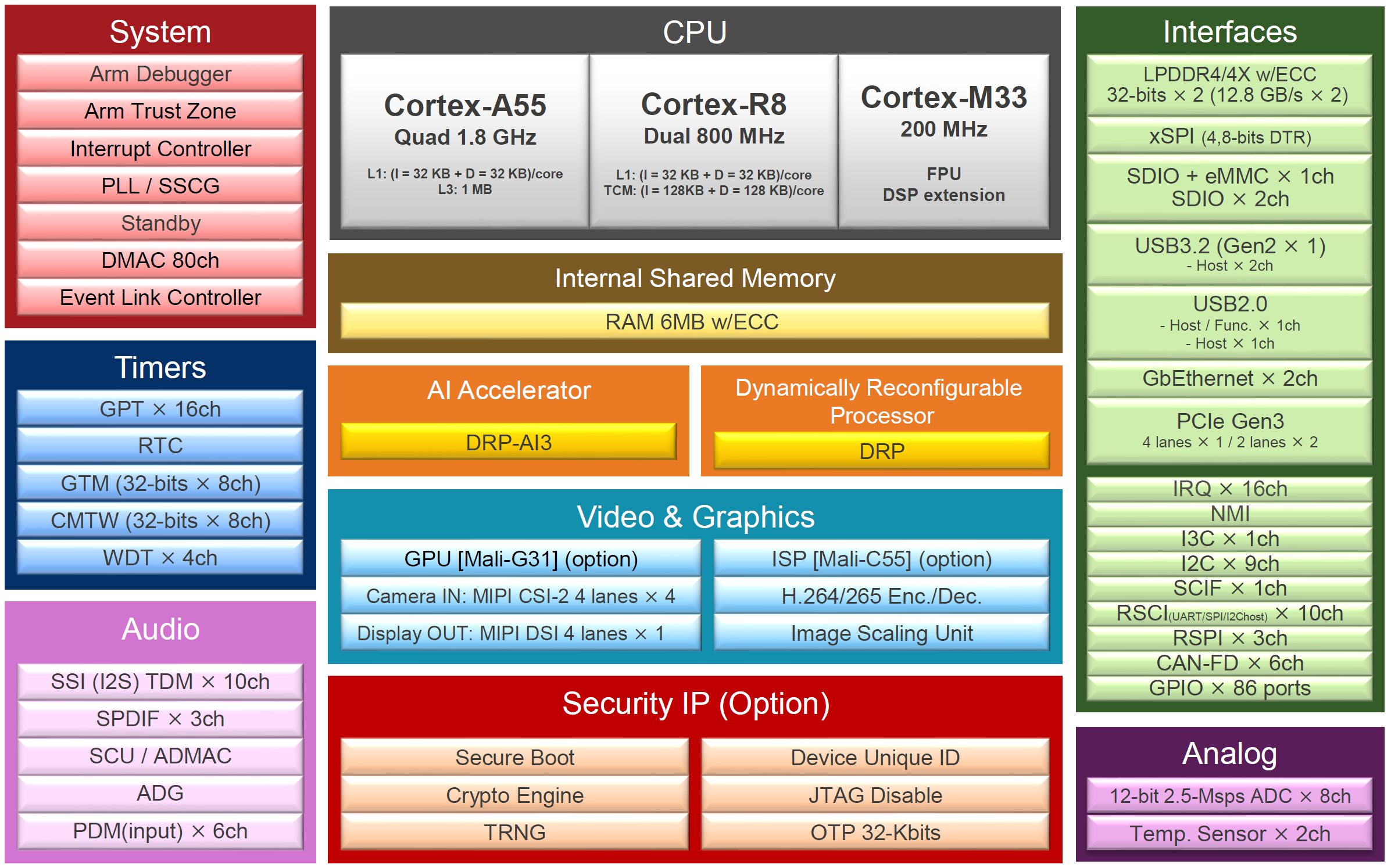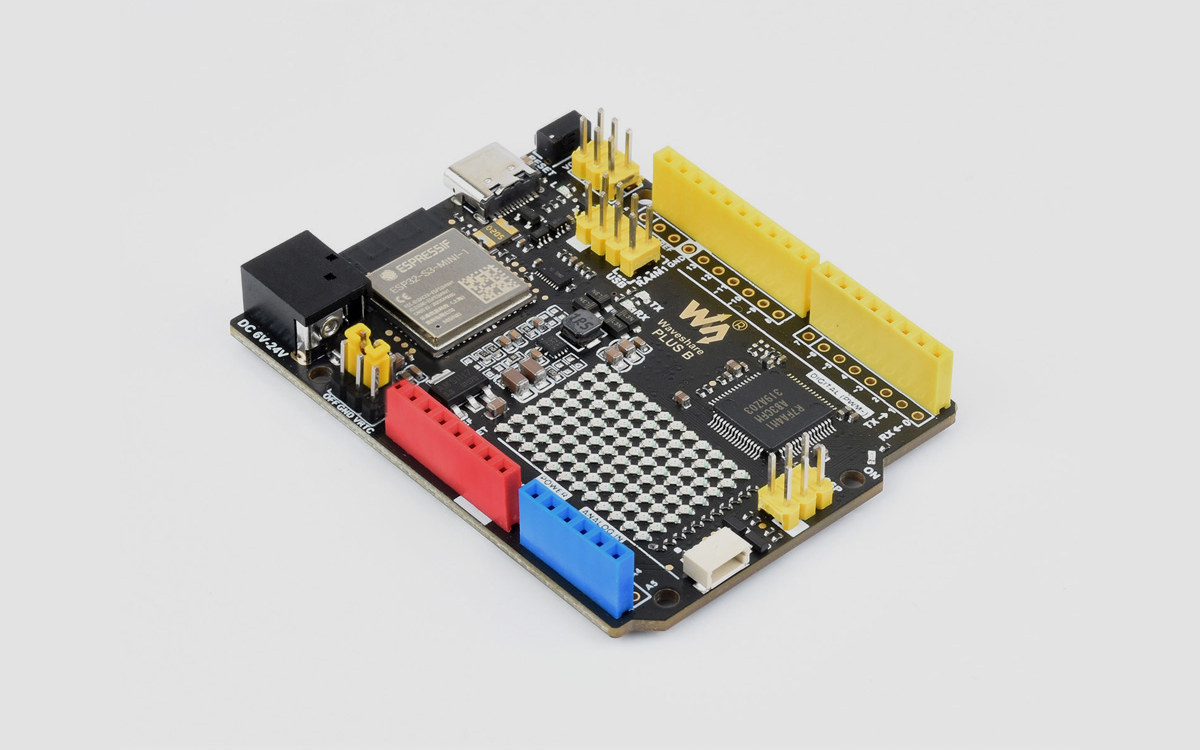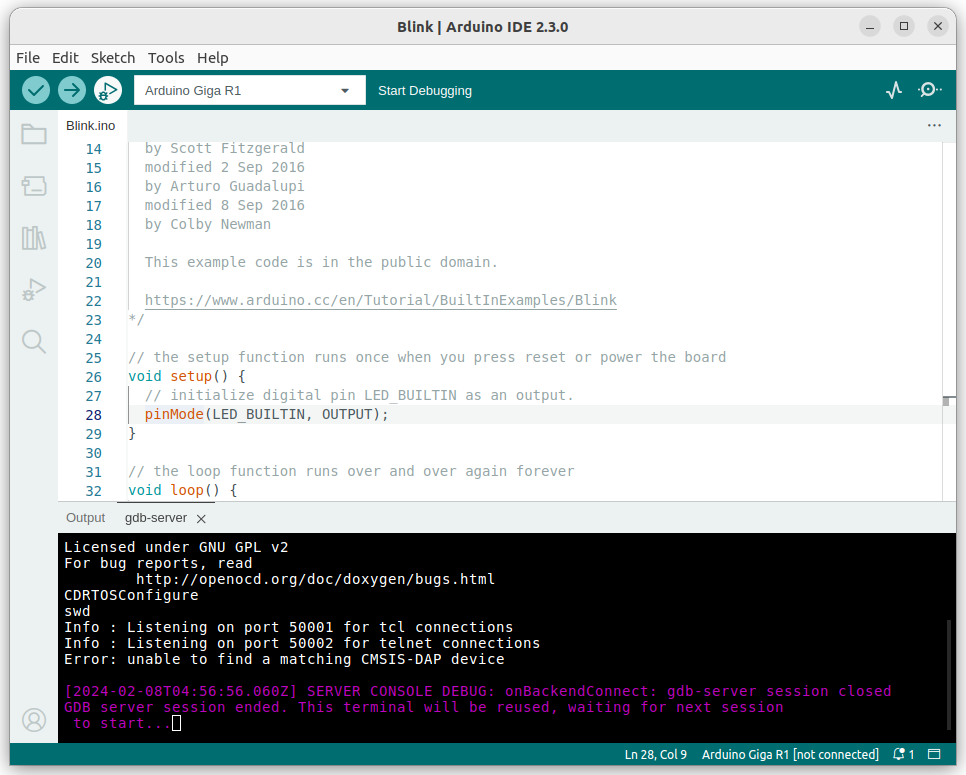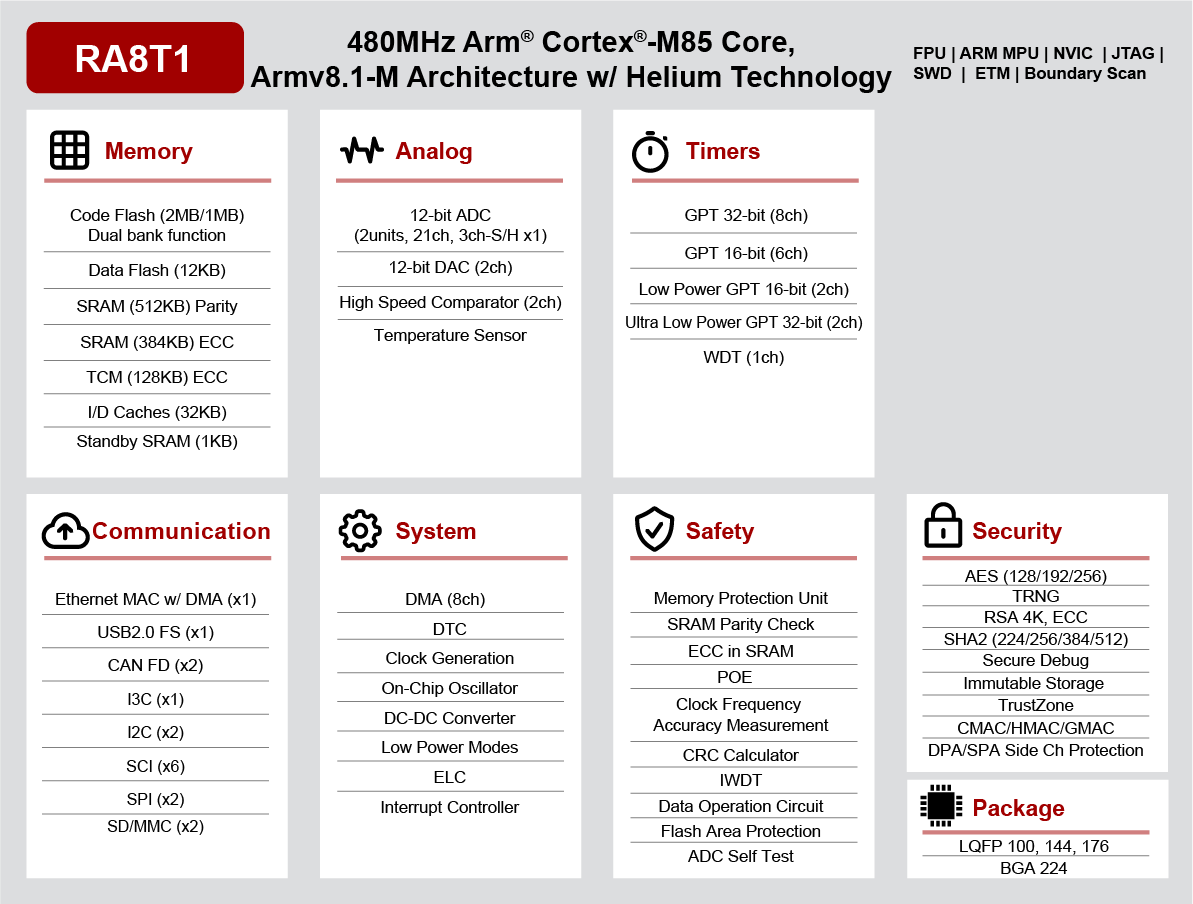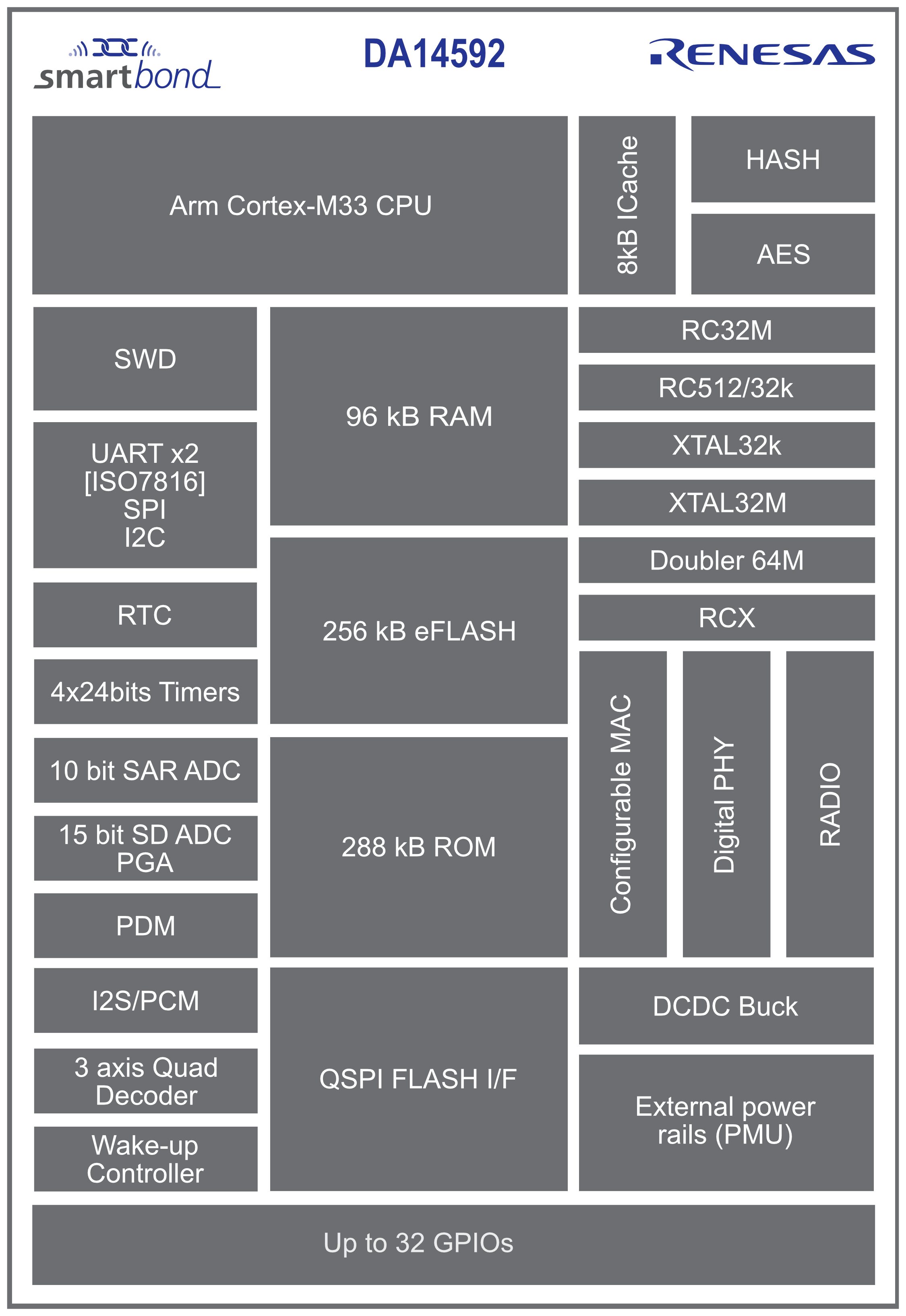Edge Impulse machine learning platform for edge devices has released a new suite of tools developed on NVIDIA TAO Toolkit and Omniverse that brings new AI models to entry-level hardware based on Arm Cortex-A processors, Arm Cortex-M microcontrollers, or Arm Ethos-U NPUs. By combining Edge Impulse and NVIDIA TAO Toolkit, engineers can create computer vision models that can be deployed to edge-optimized hardware such as NXP I.MX RT1170, Alif E3, STMicro STM32H747AI, and Renesas CK-RA8D1. The Edge Impulse platform allows users to provide their own custom data with GPU-trained NVIDIA TAO models such as YOLO and RetinaNet, and optimize them for deployment on edge devices with or without AI accelerators. NVIDIA and Edge Impulse claim this new solution enables the deployment of large-scale NVIDIA models to Arm-based devices, and right now the following object detection and image classification tasks are available: RetinaNet, YOLOv3, YOLOv4, SSD, and image classification. You can […]
Remi Pi is a compact, low-cost SBC powered by a Renesas RZ/G2L Cortex-A55/M33 SoC
MYiR Tech Remi Pi is a low-cost SBC based on the company’s MYC-YG2LX CPU module featuring a Renesas RZ/G2L Arm Cortex-A55/M33 processor, 1GB RAM, 8GB eMMC flash, and plenty of ports and interfaces. Those include two gigabit Ethernet ports, a wireless module with dual-band WiFi 4 and Bluetooth 4.2 connectivity, HDMI and LVDS display interfaces, MIPI CSI camera input, a 3.5mm audio jack, a few USB ports, and a 40-pin GPIO header compatible with the one on the popular Raspberry Pi SBCs. Remi Pi specifications: System-on-Module – MYiR MYC-YG2L23 module with SoC – Renesas RZ/G2L processor (R9A07G044L23GBG) CPU 1.2 GHz dual-core Arm Cortex-A55 processor 200 MHz Arm Cortex-M33 real-time core GPU – Arm Mali-G31 3D GPU VPU – H.264 decoding/encoding System Memory – 1GB DDR4 Storage – 8GB eMMC flash, 32KB EEPROM PMIC – Renesas RAA215300 power management IC Storage – MicroSD card slot Display interfaces HDMI video output LVDS […]
Kaki Pi is a Raspberry Pi-inspired Renesas RZ/V2H AI SBC with four camera connectors, a PCIe 3.0 interface
Japanese company Yuridenki-Shokai Co. Ltd will soon launch the Kaki Pi single board computer based on the just-announced Renesas RZ/V2H Arm microprocessor with a powerful 80 TOPS AI accelerator, with Raspberry Pi-inspired form factor and features such as the 40-pin GPIO header, the same PCIe 3.0 connector as found in the Raspberry Pi 5, and four 22-pin MIPI CSI connectors that look to be compatible with the Raspberry Pi cameras. The board also comes with up to 8GB LPDDR4, a microSD card for the OS, a 22-pin MIPI DSI connector for a display, a gigabit Ethernet port, two USB 3.0 ports, two CAN Bus connectors, and other interfaces that make it suitable for robotics applications such as Autonomous Mobile Robots (AMR) and HSR (Human Support Robots) as well as IoT projects. Kaki Pi specifications: SoC – Renesas RZ/V2H CPU/MCU cores Quad-core Arm Cortex-A55 processor up to 1.8 GHz Dual-core Arm […]
Renesas RZ/V2H Cortex-A55/R8/M33 MPU comes with 80 TOPS AI accelerator for robotics and autonomous applications
The RZ/V2H is the latest addition to the Reneasas family of 32-bit and 64-bit microprocessors. Renesas RZ/V2H microprocessor features four Arm Cortex-A55 application processing cores, dual Arm Cortex-R8 real-time processing cores, and one Cortex-M33 core for system management, as well as an AI accelerator with up to 80 TOPS (sparse) of performance. The RZ/V2H MPU includes the third generation of Renesas’ dynamically reconfigurable processor for AI (DRP-AI3) accelerator, a staple of the RZ/V series. The DRP-AI accelerator can run complex image AI models at a power efficiency of 10 TOPS per watt (TOPS/W), as much as 10 times higher than conventional microprocessors. Additionally, the RZ/V2H has another DRP that can be used in image processing and robotics applications. The board also comes with PCIe Gen3, USB 3.2, and Gigabit Ethernet for high-speed applications such as autonomous robotics and factory automation machine vision. It offers a performance boost over previous products […]
Waveshare R7FA4 PLUS A and B boards are clones of the Arduino UNO R4 Minima and WiFi
Arduino board clones have been around for many years, but I don’t think I have ever seen clones of the new Renesas-based Arduino boards so far. Waveshare changes that with the R7FA4 PLUS A that clones with Arduino UNO R4 Minima, and the R7FA4 PLUS B board duplicating the Arduino UNO R4 WiFi. The Waveshare boards are not 100% clones with some small differences in the PCB layout, support for 5V and 3.3V shields, an additional 6-pin “power output header” with 5V, 3.3V, and GND signals, and a USB communication jumper to select between the Espressif ESP32-S3 and Renesas RA4M1 microcontrollers. Waveshare R7FA4 PLUS A and B specifications: Microcontroller – Renesas RA4M1 Arm Cortex-M4F MCU @ 48 MHz with 32KB SRAM, 256KB flash Wireless (B model only) – ESP32-S3-MINI-1 module based on ESP32-S3 dual-core Xtensa LX7 microcontroller with 512KB SRAM, 384KB ROM, WiFi 4 and Bluetooth 5.0 connectivity, PCB antenna […]
Arduino IDE 2.3 released with the Debug feature now considered stable
Arduino IDE 2.3 has just been released with a range of bug fixes and improvements, but the main change is that the debug feature is not experimental anymore and is now considered stable. Bug fixes include addressing CVE-2023-4863 security flaw (See GitHub for related commits) and based on the wording used in the announcement it looks to be the only one… So the main news is that the Debug feature is now fully incorporated into the IDE. But what is it exactly? The new documentation website explains that Arduino CLI 0.9.0 and Arduino IDE 2.x support “sketch debugging” with openocd server. Arduino also explains it’s currently supported by Arduino boards based on the Mbed core including GIGA R1 WiFi, Portenta H7, Opta, Nano BLE, and Nano RP2040 Connect, and Renesas-based boards such as UNO R4 and Portenta C33 will get support very soon. The company also says they are working […]
Renesas RA8T1 Cortex-M85 MCU targets motor control applications
It took a while before Renesas released its first Arm Cortex-M85 microcontroller (RA8M1) in October 2023, but the company has now launched the RA8T1 Cortex-M85 MCU for motor control just a few weeks after announcing the RA8D1 for HMI applications. The RA8T1 group is the third Cortex-M85 microcontroller family from Renesas with a feature set optimized for motor control and leveraging machine learning through Arm Helium technology and a DSP for predictive maintenance requirements for motors. Renesas RA8T1 key features and specifications: MCU core – Arm Cortex-M85 clocked at 480 MHz with Helium MVE (M-Profile Vector Extension) with 32KB I/D caches, 12KB data flash Memory & Storage 1MB SRAM including 128KB TCM 1MB to 2MB Flash memory 2x SD/MMC host interfaces (SDHI) Communication interfaces Ethernet MAC with DMA USB – 1x USB 2.0 Full Speed interface 2x CAN-FD Up to 6x SCI (UART, Simple SPI, Simple I2C) 2x SPI up […]
Renesas releases the DA14592, a new dual-core Cortex-M33/M0+ BLE chip with integrated flash
The DA14592 System-on-Chip (Soc) is Renesas’ “lowest power consumption and smallest, multi-core Bluetooth LE device.” According to the company, this chip’s design was achieved by making careful tradeoffs between on-chip memory and die size. The chip offers an ultra-low power mode that uses only 2.3mA when transmitting radio signals at 0dBm and consumes 1.2mA to receive radio signals. It also supports a hibernation mode that uses about 90nA and can extend the operating life of battery-powered products. The active mode is best for processing-intensive products and uses 34µA for every MHz of CPU clock. Projected key applications for the DA14592 chip include crowd-sourced location (CSL) tracking as used in Apple’s Airtags, remote control units, human interface devices, asset tracking, IoT end nodes, data logging, connected health, and activity tracking. Renesas DA14592 specifications: CPU cores: Cortex-M33F running at up to 64MHz as application core Cortex-M0+ at 64MHz as configurable MAC Memory: […]


